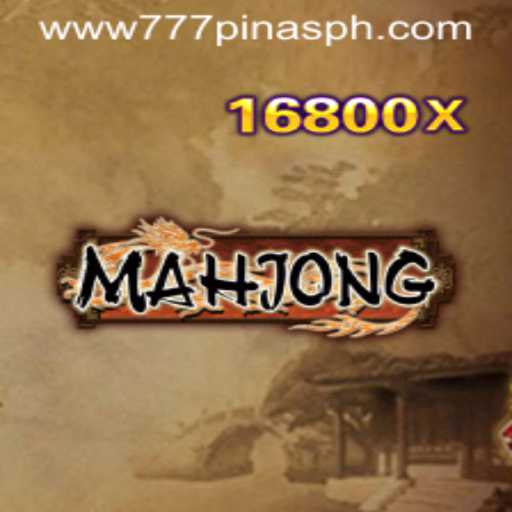Understanding Mahjong: A Classic Game and Its Timeless Appeal
Introduction to Mahjong
Mahjong is a captivating game that has fascinated players for centuries. Originating in China, this game of skill and strategy has transcended cultural boundaries, becoming a beloved pastime worldwide. Whether played for leisure or competition, Mahjong offers a unique blend of camaraderie and challenge.
The Rich History of Mahjong
Mahjong's history dates back to the Qing Dynasty, where it evolved from ancient Chinese card and domino games. Over the years, it expanded beyond Asia, gaining popularity in the West during the early 20th century. This expansion was fueled by its engaging gameplay and the cultural interest in Eastern traditions.
Today, Mahjong continues to be an integral part of social life in many communities, celebrated for its ability to bring people together. It is often played during family gatherings, festivals, and competitive settings. The game has also inspired online platforms that cater to enthusiasts worldwide, with 777Pinas being one such destination.
The Fundamentals of Mahjong
Mahjong is typically played with four players and a set of 144 tiles based on Chinese characters and symbols. These tiles are divided into suits, honors, and bonuses, each with its unique significance. The objective is to form a winning hand by drawing and discarding tiles, similar to the card game Rummy.
The Mahjong Tiles
The tiles are classified into three suits: Bamboo, Characters, and Dots. Each suit contains tiles numbered one to nine. Additional tiles, known as Winds, Dragons, Flowers, and Seasons, serve as honors and bonus tiles, adding complexity to the game.
Understanding the significance of each tile and its potential combinations is crucial. Successful players can recognize patterns and adapt strategies to capitalize on the tiles they possess.
The Basic Rules
A game begins with players receiving a set of tiles from which they create a winning hand. The goal is to form four sets and a pair, known as a 'mahjong'. Each set can be a sequence, known as 'Chow', or a triplet, known as 'Pung'. An identical quartet of tiles is called a 'Kong'.
Players take turns drawing a new tile from the wall or claiming a discarded tile to complete a set. Strategic decisions involve discarding less useful tiles while observing opponents’ moves to predict their hands. The round ends when a player declares 'mahjong', forming the required sets and pair.
Scoring in Mahjong
Scoring in Mahjong can vary by region, but generally involves calculating points based on the complexity and rarity of the hand. Special hands that involve more difficult combinations tend to score higher. Mastery of scoring rules is essential for competitive play.
Mahjong in the Digital Era
With the rise of digital technology, Mahjong has found a new platform in the virtual world. Online versions of the game provide accessibility to players of all skill levels, offering tutorials, practice modes, and competitive environments. Platforms like 777Pinas not only allow people to enjoy the traditional game but also introduce variations and challenges to keep the gaming experience fresh.
The convenience of online play has enabled Mahjong to reach new audiences, promoting inclusivity and continued interest in this classic game. Virtual Mahjong tournaments have gained traction, providing a platform for enthusiasts to connect and compete globally.
Current Trends and Community Events
As Mahjong evolves, so do the events and trends surrounding it. Recent years have seen a resurgence in traditional Mahjong gatherings, festivals, and tournaments, both offline and online. Cultural appreciation efforts have amplified interest in Mahjong as both a game and a cultural artifact.
In addition to traditional gameplay, themed Mahjong sets and accessories have become popular, reflecting modern aesthetics and personal tastes. Organizations continue to promote Mahjong through educational programs that emphasize its cognitive benefits, such as enhancing memory and strategic thinking.
Communities centered around Mahjong have also grown, providing forums for discussion, exploration of new strategies, and the sharing of stories. This has fostered a vibrant and supportive community that celebrates the game's rich traditions and modern adaptations.








